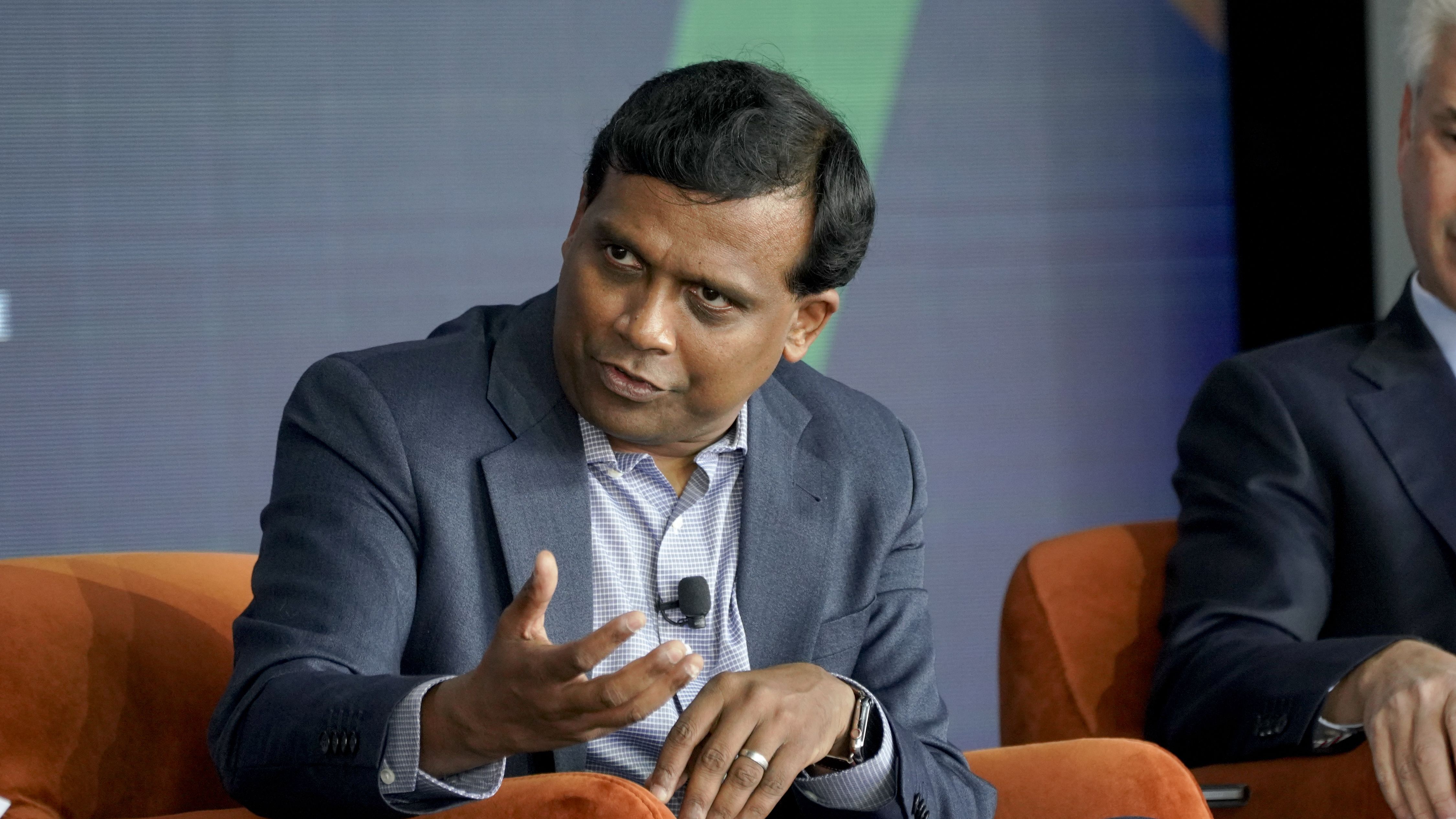What is business process management?
We take a look at the holistic approach designed to help organisations achieve their goals

Every successful business wants to make its workflow more efficient, effective, adaptable, and ultimately more aligned with its operational goals.
This is precisely the purpose of business process management (BPM) - to take existing and ongoing business processes, and continually improve them over time.
It's important to note that this is not the same as task management, which organises a set of activities so that a project can be completed on time. It is also not a catch-all term for general system upgrades. It instead refers to the improvement of business processes, or the fundamental, end-to-end events that are required in order for a company to keep operating. An example of this may be a customer placing an order through an online store, which then results in a delivery.
BPM is an organisational discipline - it presumes that you are able to view your business as a series of processes that can all be 'improved' in some way. The driving force behind this may be to increase efficiency, to incorporate new software tools, or adapt to changes in regulatory compliance - all in the view of meeting business goals. Often these goals will be centred on the delivery of a service that meets the varied expectations of a customer.
Yet a company may be looking to reduce expenditure, increase productivity, or even reduce paper waste. By incorporating methods such as change management, risk assessments, and predictive analytics, supported by new technology, a company will be able to align their goals with what their business is currently able to deliver.
BPM is most often deployed for processes that span multiple organisational departments, people, and regions - when the risk of human error and inefficiencies are at their greatest. For example, a customer request may run through many departments in a large multinational, and finding bottlenecks in those processes can improve the overall customer experience.
The problem is, a single person or team improving a particular element of a business process runs counter to the attitudes that BPM tries to engender. While it may be instinctive to think that everyone should be working towards making the systems they use as efficient as possible, this is far too broad and chaotic to be of any use to the company.
Get the ITPro daily newsletter
Sign up today and you will receive a free copy of our Future Focus 2025 report - the leading guidance on AI, cybersecurity and other IT challenges as per 700+ senior executives
For example, a team using upgraded software or new devices may improve efficiency within its own department, but may create headaches for other participants in the chain. Optimisation does not happen in isolation, and requires a complete understanding of the entire business process. As a result, it is often the case that only a small team of dedicated insiders is best poised to handle BPM.
Technology is often considered interchangeable with BPM, simply throwing the latest hardware and software at a problem - yet this is not the case. While many process evaluations may result in some parts becoming automated, BPM may involve the streamlining of automation and technology itself. In fact there are many business processes that are inherently difficult to automate, yet can benefit greatly from business process management, such as complex supply chains that involve a myriad of fluctuating daily factors, from weather to congestion.
Simply put, BPM is the constant cycle of evaluation and improvement, a holistic approach that looks at business processes from above and assesses how best to untangle the entire chain so that business goals can be achieved.
Picture: Bigstock
Dale Walker is a contributor specializing in cybersecurity, data protection, and IT regulations. He was the former managing editor at ITPro, as well as its sibling sites CloudPro and ChannelPro. He spent a number of years reporting for ITPro from numerous domestic and international events, including IBM, Red Hat, Google, and has been a regular reporter for Microsoft's various yearly showcases, including Ignite.
-
 Google Cloud is leaning on all its strengths to support enterprise AI
Google Cloud is leaning on all its strengths to support enterprise AIAnalysis Google Cloud made a big statement at its annual conference last week, staking its claim as the go-to provider for enterprise AI adoption.
By Rory Bathgate Published
-
 Bigger salaries, more burnout: Is the CISO role in crisis?
Bigger salaries, more burnout: Is the CISO role in crisis?In-depth CISOs are more stressed than ever before – but why is this and what can be done?
By Kate O'Flaherty Published
-
 CyberCX appoints Phil Mason as new UK CEO
CyberCX appoints Phil Mason as new UK CEONews Industry veteran will lead CyberCX’s growth efforts in the UK
By Daniel Todd Published
-
 WANdisco's CEO and CFO resign amid ongoing fraud investigations
WANdisco's CEO and CFO resign amid ongoing fraud investigationsNews The data firm is left with a heavily depleted leadership team with only one executive director remaining
By Rory Bathgate Published
-
 Stop worshipping CEOs – tech is a team sport
Stop worshipping CEOs – tech is a team sportOpinion Tech leaders are showing themselves for who they are, and it shouldn’t come as a surprise
By Nicole Kobie Published
-
 Checkmarx appoints Sandeep Johri as its new CEO
Checkmarx appoints Sandeep Johri as its new CEONews Experienced Silicon Valley executive will lead the applications security provider into its next phase of growth
By Daniel Todd Published
-
 Trustmarque hires NTT Data’s UK lead as its new CEO
Trustmarque hires NTT Data’s UK lead as its new CEONews Simon Williams will lead the IT solutions and services provider into its next phase of growth
By Daniel Todd Published
-
 Cognizant appoints former Infosys president Ravi Kumar as CEO
Cognizant appoints former Infosys president Ravi Kumar as CEONews The executive brings more than 20 years of experience in the consulting, process, and technology transformation space
By Daniel Todd Published
-
 What tech investors can learn from three under-fire CEOs
What tech investors can learn from three under-fire CEOsAnalysis With clear lessons to learn from the high-profile cases of Autonomy, Theranos, and Wirecard, investors should tread carefully in future
By Rois Ni Thuama Published
-
 Another Salesforce leader departs, will replace outbound Slack CEO
Another Salesforce leader departs, will replace outbound Slack CEONews Slack's CEO and co-founder Stewart Butterfield also announced the departure of two other executives, but said the timing was purely coincidental
By Zach Marzouk Published